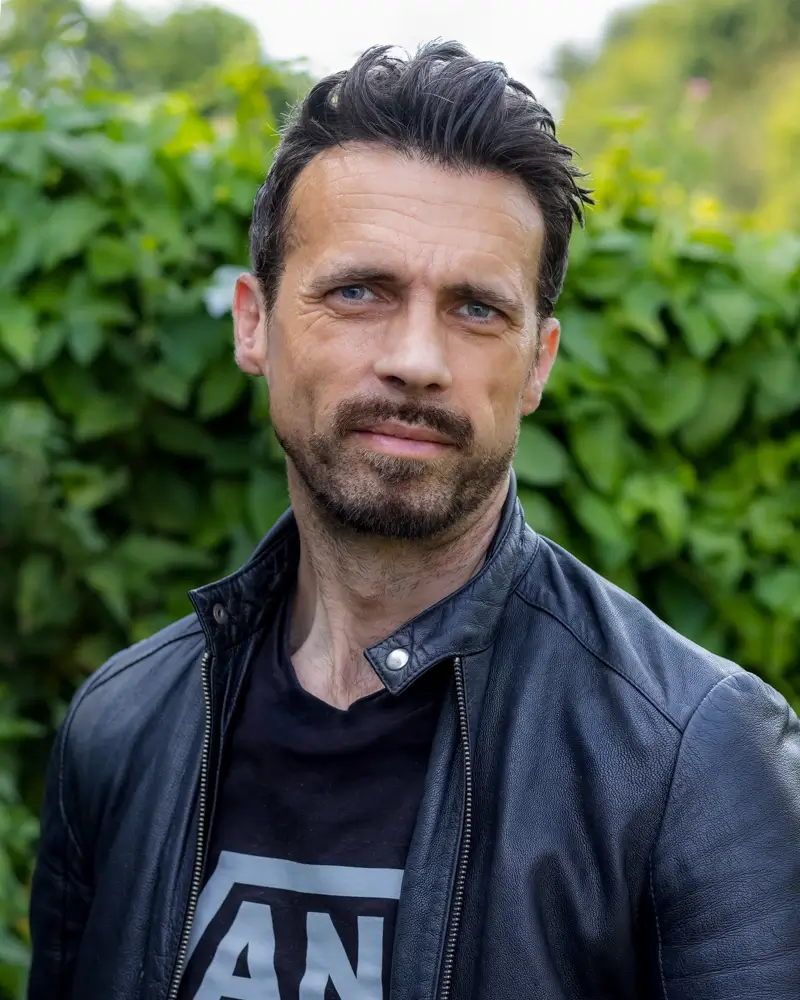Rory J Lewis, a multi-award winning British macro wildlife photographer, is renowned for his artistic portrayal of invertebrates and ethical techniques to capture intricate wildlife images within their natural habitat.
Growing up among the rolling hills of the Cotswolds, with a fascination for the local wildlife from a young age, Rory was exposed to cameras very early on, as his father was also a keen landscape photographer. After trying a few different genres, everything changed for Rory when he first aimed a macro lens at an insect.
Through a blend of macro and traditional portrait techniques, Rory unveils the hidden essence of these elusive life-forms, creating compelling visuals that are both intimate and evocative.
In an era marked by climate change and habitat loss endangering countless invertebrate species, Rory's images challenge viewers to perceive these often misunderstood creatures with newfound empathy and appreciation, in the hope of shedding new light on the critical roles they play within our fragile ecosystem.
Rory’s works have been featured in many popular publications and have received awards from the Royal Entomological Society, World Nature Photography Awards, Gloucestershire Wildlife Trust, and was most recently the People of Nature Awards fauna photographer of the year. Rory has also represented Venus Optics Laowa lenses in their marketing on multiple occasions and has recently carried out Canon sponsored workshops in partnership with Wex Photo Video throughout the UK.
